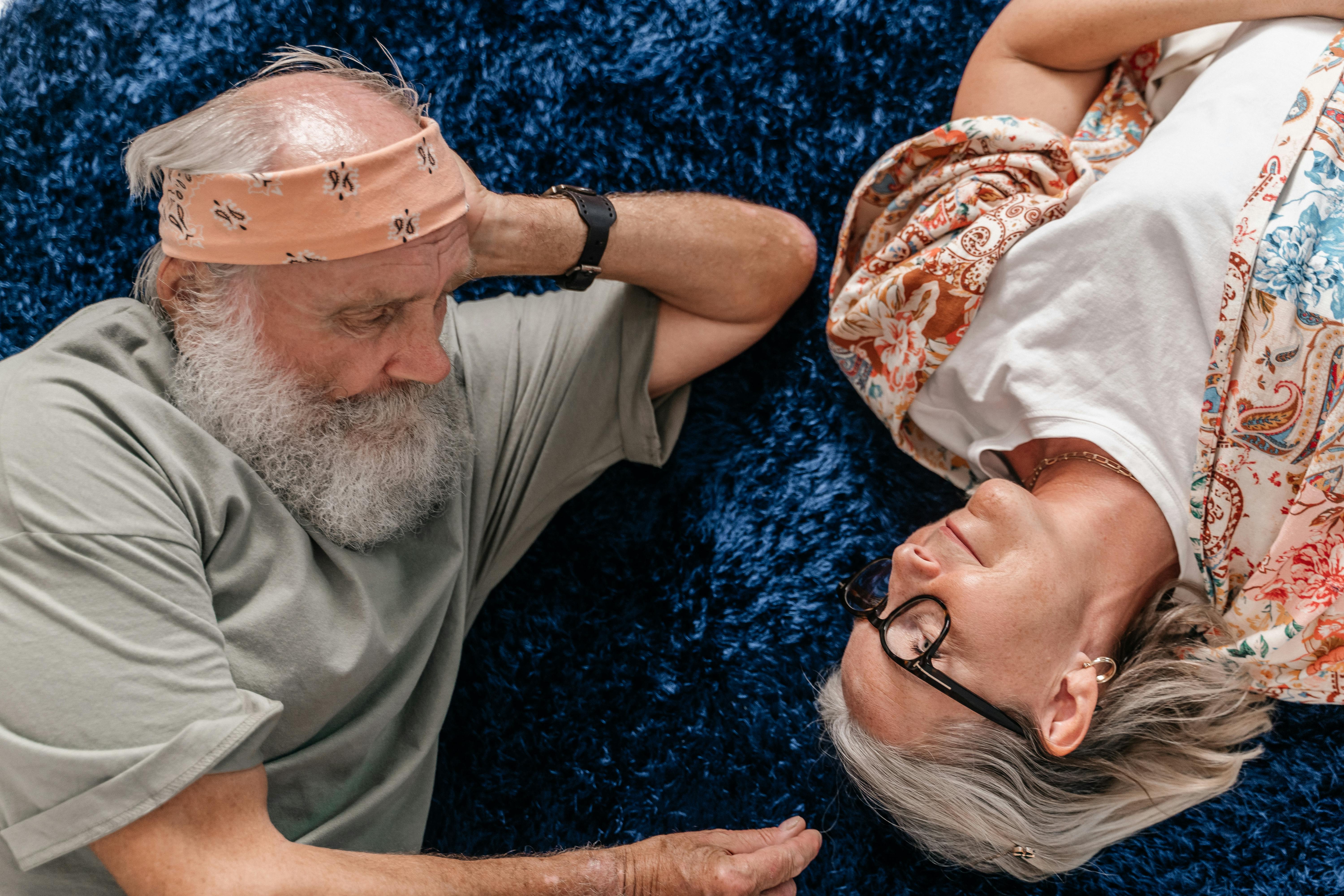DiET-GS: Enhancing 3D Scene Reconstruction with Event Cameras and Diffusion Priors

Top post
DiET-GS: Goodbye Blur – How Events and Diffusion Sharpen Three-Dimensional Scenes
Reconstructing sharp 3D scenes from blurry images is a challenge researchers have long faced. Motion blur, caused by rapid camera or object movement within the scene, makes it difficult to accurately capture details and create realistic 3D models. A promising new method called DiET-GS (Diffusion Prior and Event Stream-assisted Motion Deblurring 3D Gaussian Splatting) combines the strengths of event cameras and diffusion priors to address this problem and achieve impressive results.
Event Cameras and Their Advantages
Conventional cameras capture images at fixed intervals. With fast movements, this can lead to motion blur. Event cameras, on the other hand, work differently. They don't capture complete images, but rather register changes in the brightness of individual pixels. These changes, called "events," are recorded asynchronously and with high temporal resolution. This provides event cameras with valuable information about the movement in the scene, which can be used to deblur images.
Diffusion Priors: Learning from Noisy Data
Diffusion priors are based on the idea that an image can be transformed into pure noise by gradually adding noise. By reversing this process, i.e., by gradually removing the noise, the original image can be reconstructed. This method has proven to be extremely effective in image processing, as it can generate detailed and realistic images from noisy data.
DiET-GS: The Combination Makes the Difference
DiET-GS leverages the advantages of both technologies. The information from the camera's event stream is used to accurately capture the motion in the scene. This motion information is then combined with a diffusion prior to deblur the blurry images and create a sharp 3D reconstruction of the scene. The result is a detailed and realistic representation of the scene, even with significant movement.
Applications and Future Prospects
The applications of DiET-GS are diverse. In robotics, the technology can be used to improve navigation and object recognition. In virtual reality, it enables the creation of more immersive and realistic environments. DiET-GS also offers great potential in medical imaging and surveillance technology. The combination of event cameras and diffusion priors opens up new possibilities for 3D reconstruction and promises further advancements in the future.
Gaussian Splatting: Efficient 3D Representation
Another important component of DiET-GS is Gaussian Splatting. This method allows for an efficient and detailed representation of 3D scenes. By using Gaussian functions, complex surfaces can be accurately modeled and rendered. The combination of Gaussian Splatting with event data and diffusion priors results in a robust and powerful method for 3D reconstruction from blurry images.
Bibliographie: - https://arxiv.org/abs/2503.24210 - https://arxiv.org/html/2503.24210v1 - https://diet-gs.github.io/ - https://zhuanzhi.ai/paper/30ad789d69a88751f5106d5beb87aeb1 - https://chatpaper.com/chatpaper/zh-CN?id=4&date=1743436800&page=1 - https://cvpr.thecvf.com/Conferences/2025/AcceptedPapers - https://www.researchgate.net/publication/382363213_EaDeblur-GS_Event_assisted_3D_Deblur_Reconstruction_with_Gaussian_Splatting - https://www.researchgate.net/publication/386047513_GRM_Large_Gaussian_Reconstruction_Model_for_Efficient_3D_Reconstruction_and_Generation - https://huggingface.co/papers/2405.20224 - https://openaccess.thecvf.com/content/WACV2025/papers/Yu_SGD_Street_View_Synthesis_with_Gaussian_Splatting_and_Diffusion_Prior_WACV_2025_paper.pdf ```.png)


